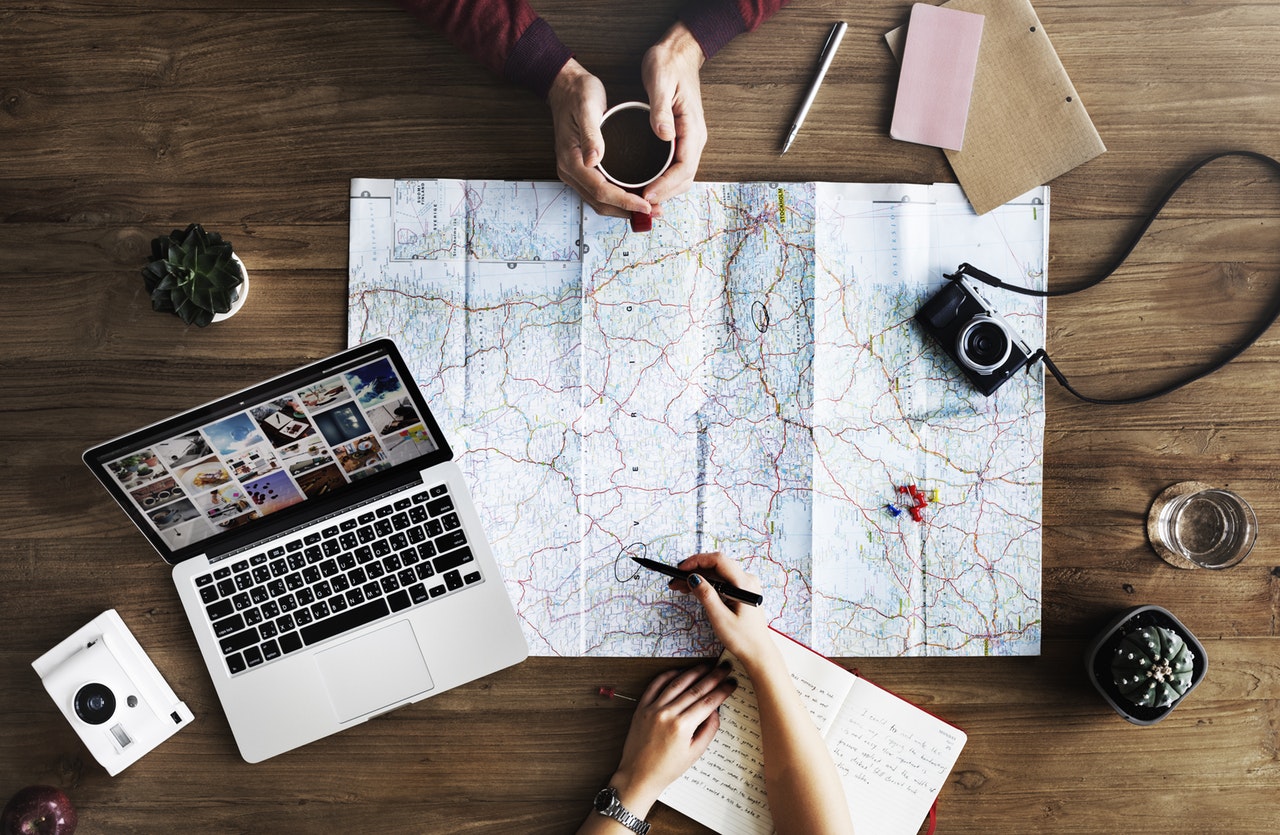Our smartphones accompany us everywhere these days, not just on our usual day-to-day activities, but on vacations and business trips as well. Leisure travelers want to be able to take photos, look up nearby attractions, and check maps, while business travelers want to have easy access to their work e-mail and key files and documents. But while smartphones can make trips of any kind easier and more convenient, it’s important to remember that your device is at higher risk while traveling, and that when you’re away from home it’s even more important to follow all the usual rules of thumb about keeping your smartphone safe and secure. Read on for a look at some of the most helpful tips for smartphone safety while traveling.
-
Know the risks.

When it comes to phone security while traveling, forewarned is forearmed. Different countries are associated with different kinds and levels of cybersecurity risks, so a little research beforehand based on your destination can help you know what to expect and how to prepare. For example, one of the newest risks that has emerged lately in some areas is “faux towers”; that is, a fake network that has been created specifically to access sensitive data on mobile phones (a particular problem given that most phones are set to connect automatically to whatever network in the area happens to be strongest).
-
Make sure that your software is up to date.
If you’re not running the most up-to-date version of your phone’s software, you could be exposing yourself unnecessarily to extra risk. The latest software versions will have the newest security patches and will have corrected vulnerabilities found in earlier iterations, so make sure to do a thorough update of your device before traveling.
-
Strengthen your passwords.
If you’re among the one-third of smartphone users who don’t use a lockscreen password to secure their device, that’s not a risk you want to take when traveling. If you’re not already using a PIN or other form of password, set one up before you leave; if you’re using a basic PIN, you might want to consider changing it and making it longer for extra security. If your phone has the capability, it’s also a good idea to use biometric identification, like a fingerprint scan, in addition to a lockscreen password.
-
Back up your data.

In the event that your phone is lost or stolen while you’re away, you want to make sure you’re losing as little data as possible. This not only means that you should back up your data before you leave, but you’ll also want to do this regularly during your trip, particularly if you’re taking a lot of photos. (Cloud storage options like iCloud or Google Drive make this easy to do no matter where you are.)
-
Enable remote wiping and “find my phone” features.
Remote wiping and “find my phone” features are something that most smartphone owners don’t think about enabling until their phone is lost or stolen, but by then, of course, it’s too late! Don’t make this mistake on your trip. Before you leave, ensure that remote wiping capabilities are set up so you can erase all your phone’s data if it’s lost or stolen, and enable whatever “find my phone” feature your device uses. However, don’t forget about your personal safety: if you suspect that your phone has been stolen, you should never use “find my phone” to play amateur detective yourself. Instead, you can use that information to help the local authorities.
-
Know how to use public Wi-Fi safely.
There’s no question that public Wi-Fi networks are convenient for travelers, but there’s so much traffic on those networks that it can be quite risky to make use of them. If you do connect to a public Wi-Fi network, make sure you know how to do it as safely as possible. First, disable network sharing options on your device so that it’s not as visible to others on the network. Then, make sure that you have a properly configured firewall to defend against third-party attacks. If possible, use a VPN so that your communications will be secure and encrypted. Finally, avoid conducting sensitive transactions while using public Wi-Fi, like online shopping or banking.
-
Consider taking a travel-only phone.
Of course, to keep your phone as safe as possible, sometimes the best option is simply to leave it at home. Depending on your destination and the purpose of your trip, it may not be necessary to take your main device with you. A growing number of travelers prefer to take a designated “travel phone” with them on trips, whether that’s an older phone that’s been upgraded or a very basic model that’s used only for traveling and doesn’t contain any sensitive data or important files. If there’s no particular reason why you need your primary device, choosing this option can certainly provide for the greatest peace of mind.

